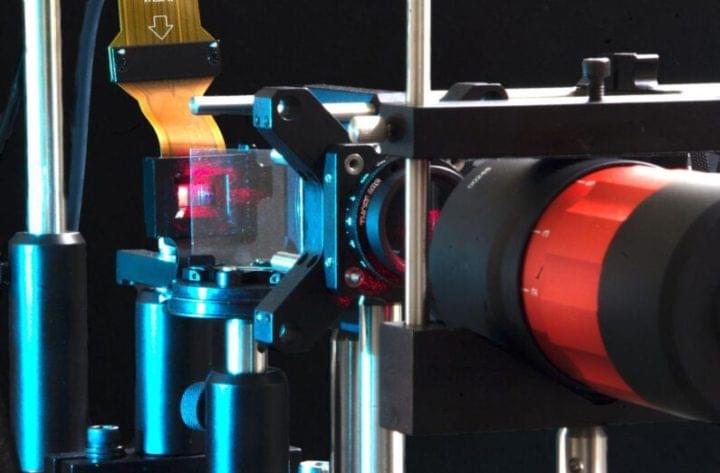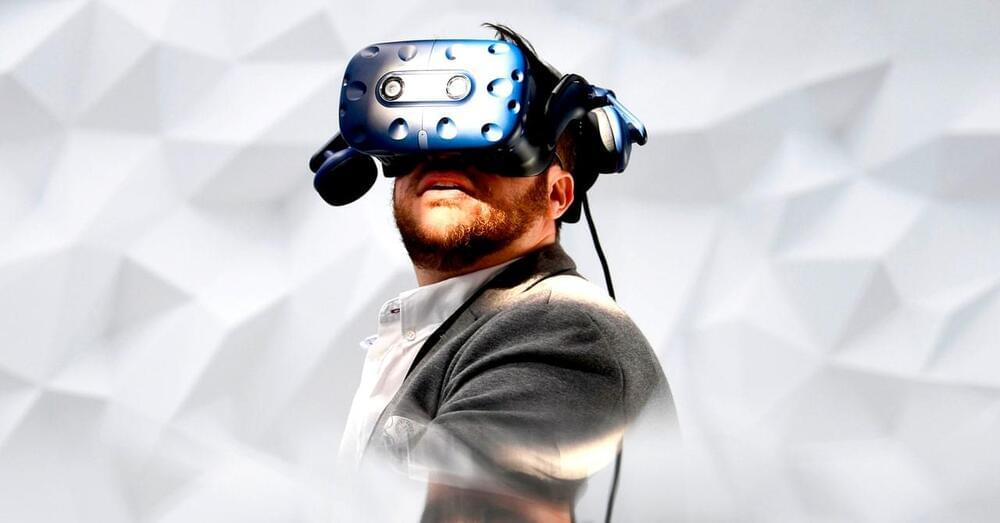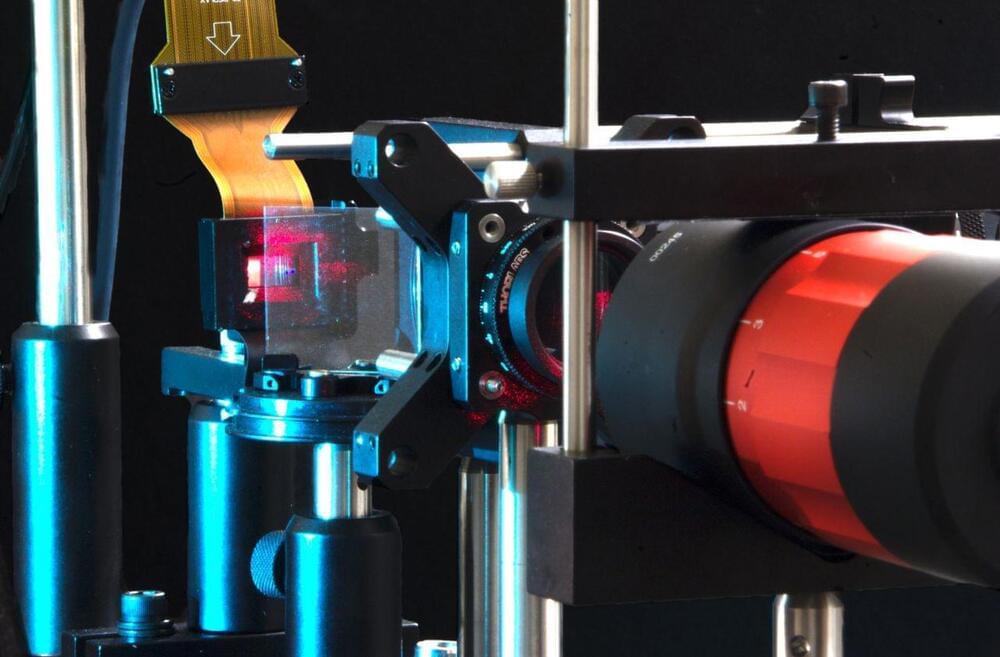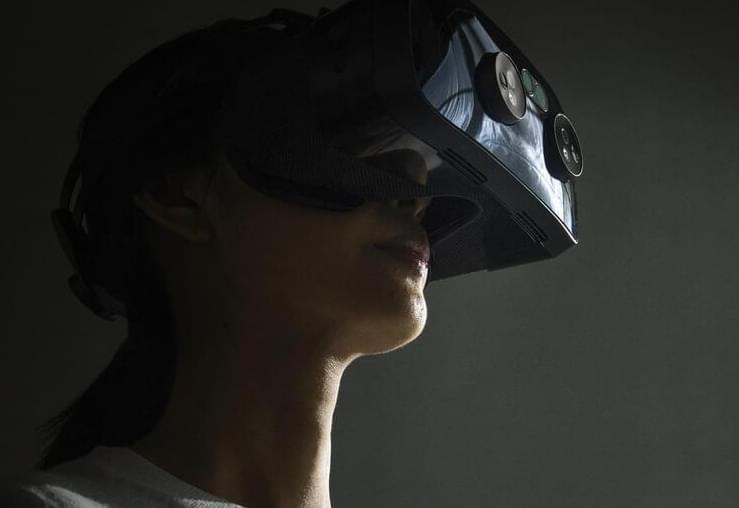Working at the intersection of hardware and software engineering, researchers are developing new techniques for improving 3D displays for virtual and augmented reality technologies.
Virtual and augmented reality headsets are designed to place wearers directly into other environments, worlds and experiences.
While the technology is already popular among consumers for its immersive quality, there could be a future where the holographic displays look even more like real life. In their own pursuit of these better displays, the Stanford Computational Imaging Lab has combined their expertise in optics and artificial intelligence. Their most recent advances in this area are detailed in a paper published in Science Advances and work that will be presented at SIGGRAPH ASIA 2021 in December.







